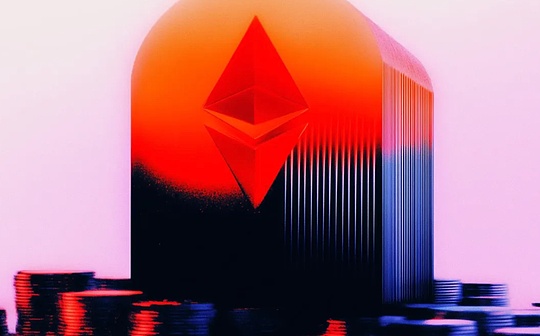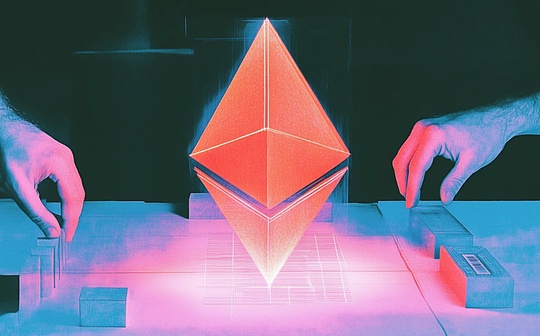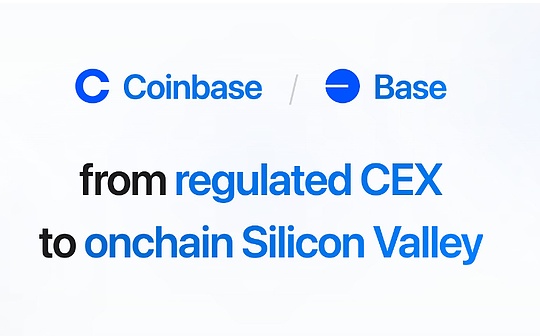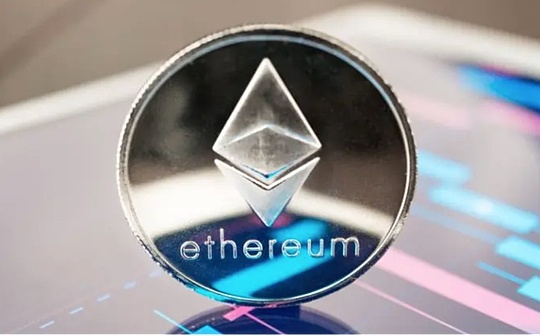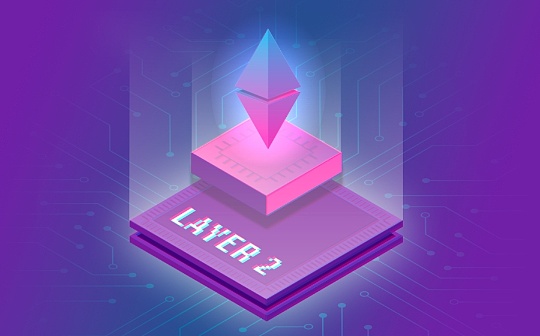
Author: Lugui Tillier, CoinTelegraph; Compilation: Baishui, Bitchain Vision
A major topic in the crypto space in 2024 is the number of layer 2 (L2) blockchains created on the Ethereum network.Major non-fungible tokens (NFTs)
The sudden surge in L2 is seen as a joke by many, who think it’s just hype.Still, we’re likely to have thousands of L2s next year.This will be of great benefit to the success of Ethereum.
Background introduction: The Ethereum network is the first layer of blockchain (L1).Ethereum prioritizes decentralization and security, but lacks scalability—a problem known as the blockchain triad,That is, only two of these three things can be achieved.
therefore,The Ethereum network ends up becoming less scalable and is extremely costly to execute on it.To solve this problem, L2 (also known as Rollup) was created.They handle transactions outside the Ethereum network in a cheaper way by combining transactions into batches and sending those batches to the Ethereum network.

How the 2nd layer Rollup works.Source: Makeuseof.com
However,There are two main pain points in this pattern.First, the fragmentation of the Ethereum ecosystem.Market liquidity is spread across L2, which creates a bad user experience.Users need to constantly switch wallets between networks and “bridge” their assets.In addition, bridges and “packaging” assets on different networks have been the main targets of hackers in recent years.
The second pain point is that the transaction costs of these L2s are unstable and unpredictable, which is terrible for the development of various applications.One day you might only spend a cent to perform one operation, and the next day this number may be 10 times or 100 times higher, as some meme coins are in popularity and occupy all the block space.
The result is that ecosystems are fragmented in liquidity, dispersed in users, poor user experience, vulnerable to attacks, and the environment remains unsuitable for developing applications in a financially sustainable way.
Thousands of L2s can solve the problem
Although it may seem complicated, starting and maintaining L2 is very fast and relatively inexpensive these days.Rollup as a Service (RaaS) companies do this work and can already start and maintain Rollup for less than $1,000 a month in up to six minutes, which is the case with RaaS Gateway.Fm.
These rollups are built using larger L2 chain development kits (CDKs), such as Polygon.
The Application Chain is a L2 created and customized to support an application, providing a less costly and more predictable controlled environment than built on public L2.
Industry chains are blockchains (usually licensed) designed to serve specific industries such as games or real-world assets (RWA).
These environments themselves are more suitable for economically sustainable on-chain development.But they have one additional benefit: their customization for specific use cases is more efficient than the common L2 built for general purpose.
Of course, these new chains do lead to greater fragmentation.This issue is being addressed by the same L2 part that provides CDKs for the rest of the markets.Polygon, Optimism, and ZkSync are building liquidity aggregation layers that will make thousands of application chains and industry chains look like one.
The liquidity aggregation layer created by Polygon is a project that stands out in this field.It is at the forefront of developing an aggregation layer that uses zero-knowledge (ZK) proof technology.(ZK is not only the key to real-time interoperability between chains connected to AggLayer, but also the key to reducing the cost of these chains in the future.)
Large companies including OKX, Ronin, ImmutableX, Telegram Open Network (TON) and Fox Corporation have or are connecting L2 to AggLayer.
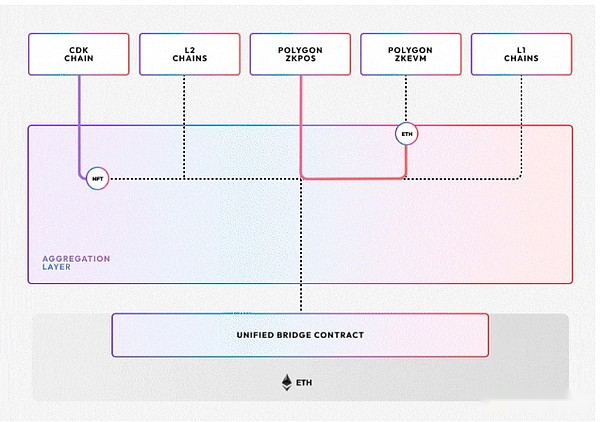
A visualization of the AggLayer protocol.Source: Polygon Labs
Even Ronin, one of the world’s largest gaming blockchains, announced in June that it is considering the possibility of transitioning from L1 to L2 connected to AggLayer.This will add huge value to the Ethereum ecosystem and Ronin itself, as it can put less energy into infrastructure, spend more time acquiring new games and ensuring their success.
It is clear that thousands of application and industry chains are about to emerge, and they are crucial for financially sustainable on-chain development.The ZK aggregation layer will solve most of the fragmentation problems we encounter today.For other L1s, migrating to the Ethereum ecosystem to take advantage of increasingly unified liquidity is an attractive dynamic – allowing them to focus less on infrastructure and more on accessing and retaining on their chains.Killer app.

